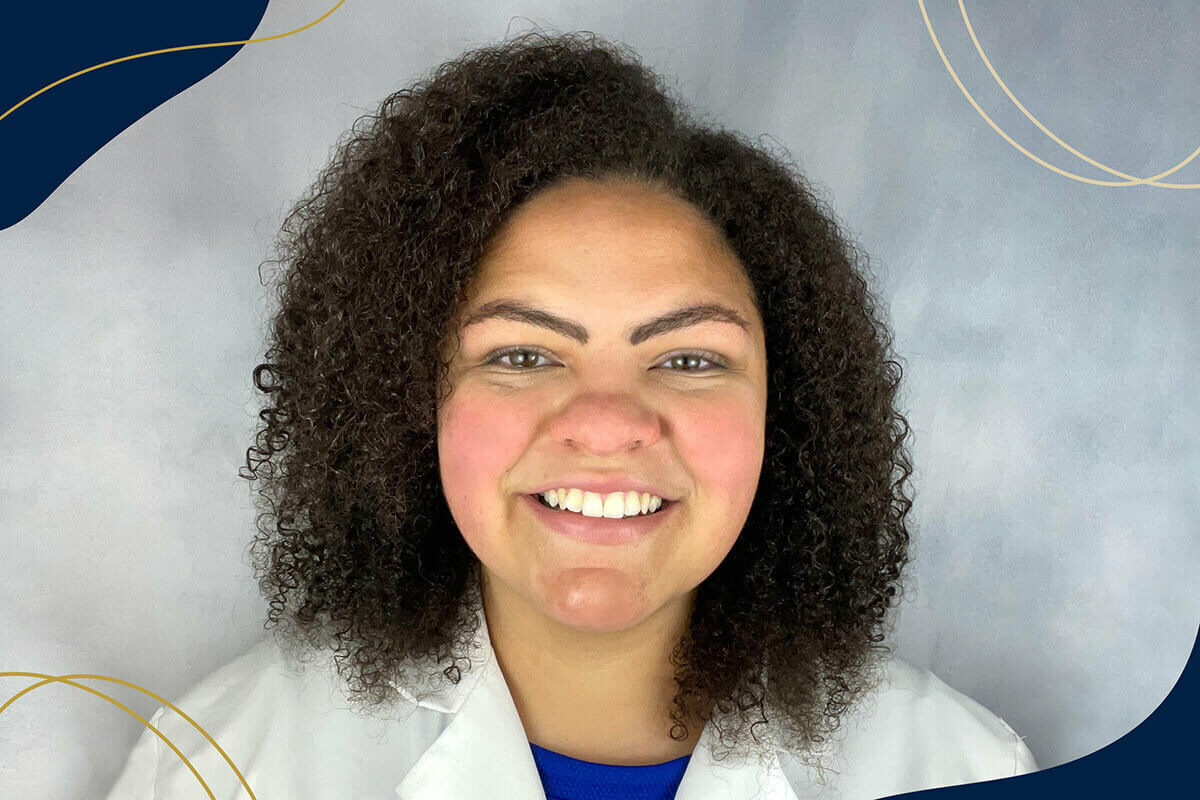
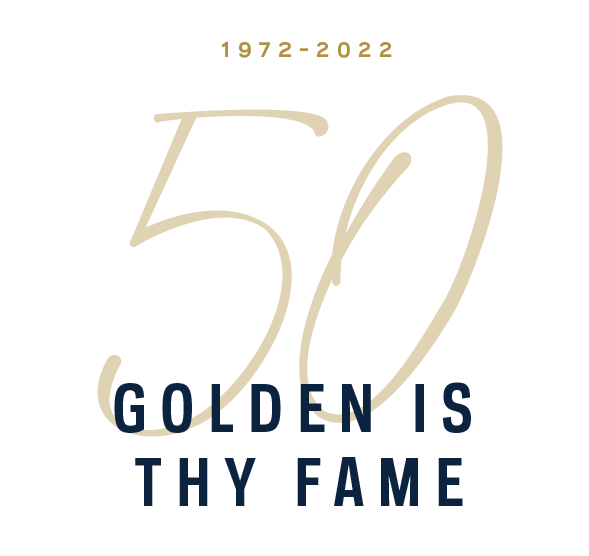
To celebrate the 50th anniversary of the co-education of women at Notre Dame, the College of Arts & Letters is publishing a series of features on alumnae who studied the arts, humanities, or social sciences, then followed a wide range of career paths after graduation. Each profile will detail how a liberal arts education helped these women discern not just what they wanted to do — but who they wanted to be.
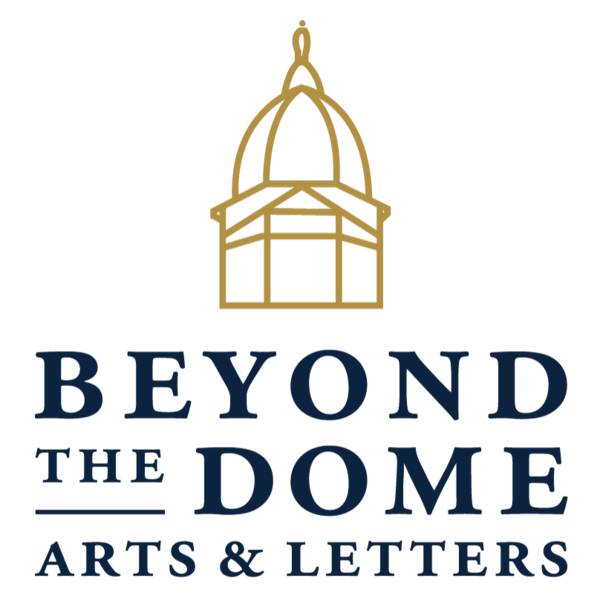
Also in this series
• 1980s: Mary Agnes “M.A.” Laguatan, economics and French
• 1990s: Gina Pérez, Program of Liberal Studies
As a plastic and reconstructive surgery resident at Duke University School of Medicine, Natalie (Jackson) Hibshman ’17 applies what she learned in medical school to improve the lives of her patients. But there’s always more to learn.
With every physical problem someone encounters, she’s found there are complicated mental and emotional dynamics entwined with it — and her Notre Dame liberal arts education prepared her to take on the task of treating patients holistically.
Medicine is not just clinical, but social, too.
“You’re of greater service to your patients if you understand how humans work,” said Hibshman, who majored in psychology and Arts & Letters pre-health with a minor in studio art. “The College of Arts and Letters compels you to accept the human condition.”
For Hibshman, every aspect of her academic experience helped paved the way for her success as a doctor.
In the operating room, she draws on her art background to look at tissue and visualize how it will best fit together to allow her patients to look and feel as normal as possible after a surgery. And what she learned in psychology courses helps her relate to and communicate with patients in a way that is human and genuine.
“Building relationships is what helps you even the social playing field between you and your patients, because not everybody that you care for is going to know or care about the medical jargon,” Hibshman said. “What they do care about is that when you’re there talking to them about their health and their choices, you can do so with some tact and adaptability.”
A dream realized
Hibshman was raised in Mishawaka, Indiana, just 20 minutes from Notre Dame, where her mother worked in Campus Dining. The University always felt aspirational — “Really smart people come here,” her mom told her. Although Hibshman grew up in the shadow of the Golden Dome, she thought earning a Notre Dame degree would be impossible. As a teenager, she realized her single mother of four couldn’t afford to send her to such a school.
She applied anyway, curious to see if she could get in. She did — and after a spring visit weekend, she decided she would do everything in her power to find a way to attend. Hibshman applied to several scholarship programs, ultimately receiving a four-year award from the AnBryce Scholars Initiative, which supports exceptional first-generation college students.
“Some of the most resilient, hard-working people you’ll ever find in your life are people who have grown up with fewer opportunities and had to create opportunities for themselves,” she said. “AnBryce allowed me to view my education as a gift, and my upbringing as a gift, because I think that it’s really hard to have both the opportunity to attend such a well-renowned university and the background of being from a family that doesn’t necessarily send kids to college.”
“Some of the most resilient, hard-working people you’ll ever find in your life are people who have grown up with fewer opportunities and had to create opportunities for themselves.”
At Notre Dame, she chose to major in psychology, motivated by the gaps in mental health care she saw her siblings and friends encounter. Her A&L pre-health major stemmed from a genuine interest in medicine, but also an aspirational idea that becoming a doctor was synonymous with success.

Over time, she realized that she could be a mental health advocate in any medical role, and her science classes and labs revealed that she loved the procedural component of dissections, so she began to consider becoming a surgeon.
Preparing for medical school through Arts & Letters gave her the flexibility to broaden her academic opportunities, including pursuing her passion for art. Having a creative outlet in the studio — and in singing with the a cappella group Harmonia — proved incredibly beneficial amidst the stress of her classes, labs, and exams and personal pressure to be successful.
“It was a way for me to just be me and do my own thing, and it didn’t matter what the product was as long as it was something that I was proud of,” she said. “It wasn’t for external validation, and I think that helped me a lot in college with perspective.”
A chance to change lives
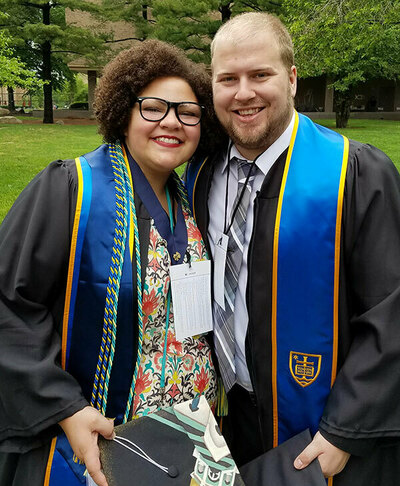
After graduating, Hibshman received a full scholarship to attend the Vanderbilt University School of Medicine.
She found her calling while doing a rotation with the plastic and reconstructive surgeons. While she had previously perceived the field of plastics to be mostly cosmetic, she quickly discovered that plastic and reconstructive surgeons play a role in almost any procedure and work with every surgical sub-specialty in the hospital.
She fell in love with the field as she witnessed tissue rearrangement surgeries that allowed cancer patients to receive radiation treatment and reconstructive surgeries that made it possible for children with paralyzed faces to smile for the first time.
“Every single day, you get to change a life, and that mission just resonated so heavily with me,” she said.
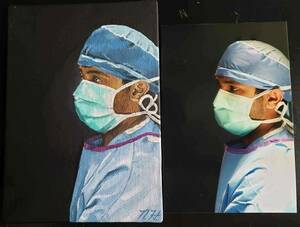
Her experience in art also made her an easy fit for plastic and reconstructive procedures that require surgeons to visualize what will best fit together and adapt as they work. At Notre Dame, she explored different subjects and all mediums from ceramic sculpting to digital art. Her specialties include both charcoal and oil painting. Her focus, fittingly, is portrait painting. She has continued to create pieces in medical school and in residency when she finds the time.
“I think that my artistic interest actually supplements my career quite nicely,” said Hibshman, who noted the importance of spatial awareness in surgery and added that performing surgery reminds her of creating art.
More than just the scientific, creative, and communication skills she developed at Notre Dame, Hibshman developed a sense of mission and purpose that has guided her through the challenges of her undergraduate education, medical school, and residency.
Although not identifying as Catholic, she drew inspiration in caring for patients holistically from mentors who embodied the principles of Catholic social teaching. Notre Dame excels at cultivating servant leaders who want to do good in the world, Hibschman said, and she now hopes to inspire others who grew up in similar circumstances to follow a path like hers.
“That is rooted in the core values of what a Notre Dame Arts and Letters education teaches, and I have a unique opportunity to use that lesson in a really special way,” she said.
“That is probably the greatest asset from my education.”
Originally published by at al.nd.edu on June 02, 2022.
